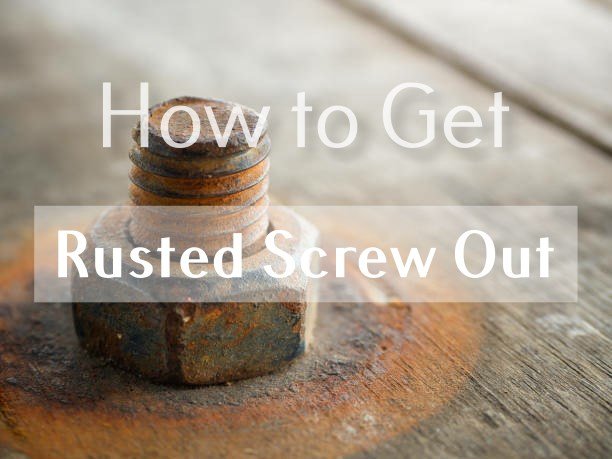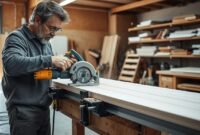Are you thinking about removing those rusted screws? It can be a frustrating process, too. However, if you know how to get a rusted screw out, you can make removing it quicker. So, you won’t need to ask for someone’s help. Are you curious about the methods? This article will help you do it easily.
How to Get a Rusted Screw Out
Rusting is a natural process that occurs mainly on metals—be it in the form of the metal layer, bars, or a screw, bolt, nails, and things alike. Rusting is a form of corrosion caused by the chemical reaction between air (oxygen) and metals. Once this happens, it will weaken the metal, but not for screws.
Rusted screws are corroded as well. However, despite being easy to pull out, rusted screws are not easy to pull out, making it focus on these screws only.

Well, it is listed below is how to unscrew a rusted screw out.
1. Try to use rust removal products
You can get the products to loosen the rusted screw a bit. You can get these kinds of products from your nearest hardware store.
These products are mainly designed to enter the cracks and provide you with a better chance to remove the rusted screws. Combine by using a mechanical tool, such as a screwdriver, to pull the screw out.
2. ‘Breaking’ it up
What if the procedure above fails? You can try this step below.
This will include something more ‘brutal’ as you need to try hammering the nail. But you don’t have to do it too hard. The hammering is done to lose the rust that exists in the screw.
To make it easier to remove, you will need to whack the rust from all sides of the screws when possible. Try to whack as many parts as possible. If you have done this, try to remove the screw manually using a screwdriver.
Read also: How to Remove a Stripped Allen Screw?
3. Get a rust-penetrant product or any household products
After the whacks, the next step of how to remove a rusted screw is to try the rust penetrant. You can spray some rust penetrant on any visible parts of the screw. Alternately, you may also spray the rusted screws with hydrogen peroxide, cola, or lemon juice.
Once you spray the head with any products, let it sit for around 15 minutes—no need to wait too much. If you are using a product and you found detailed instructions, it would be better to stick to the given procedure.
After that, try again to loosen the screw using your screwdriver. If everything goes well, your screwdriver should succeed in making the rusted screw pop out. Otherwise, you need to retry whacking it, put some more rust penetrant, and wait for more time.
If the screwdriver slips out from the groove, it’s wise to skip the manual method of pulling it out when your screwdriver fails.
Additional Tips:
- Heating the Screw: Sometimes, gently heating the screw can expand the metal and break the rust seal. Use a soldering iron or a heat gun carefully to apply heat to the head of the screw for a few minutes, then try turning it again with a screwdriver.
- Screw Extractor: If all else fails, consider using a screw extractor. This is a specialized tool designed to remove stripped or damaged screws. Drill a small hole into the head of the screw using a drill bit, then insert the extractor and turn it counterclockwise to remove the screw.
- Impact Driver: For particularly stubborn screws, an impact driver might be the solution. This tool delivers a strong, sudden rotational force that can help loosen a stuck screw.
- Lubricants: Apart from rust penetrants, you can use lubricants like Liquid Wrench or a mixture of transmission fluid and acetone to penetrate and loosen the rust.
So, how to get a rusted screw out if any methods above fail? You may opt to cut the screws or get a screw extractor kit for a quicker solution.


